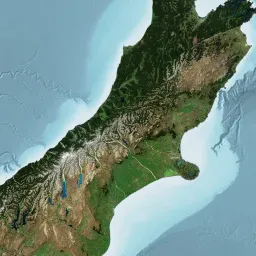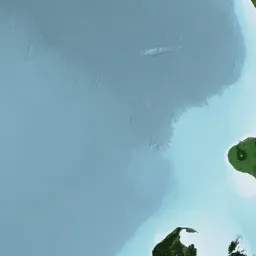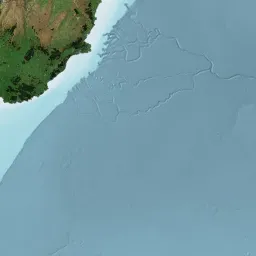Taputeranga Ratbusters
Taputeranga Island was returned to Ngāti Toa Rangatira in 2013, as part of the Crown's Te Tiriti Settlement. Wellington City Council will use the money from the Crown for biodiversity restoration on the island and adjacent coast. The island is designated a Historic Reserve and all dogs are prohibited. There is a channel separating the main island from a gravelly islet. There are several rocky outcrops further south which seem inhospitable to rodents.
Taputeranga Ratbusters began work in 2006, although there was some informal pest control even earlier. Rats can swim across from the mainland. There are skinks, geckos, seabirds (including the only nesting site for the reef heron along Wellington's South Coast), the occasional seal and even tūī enjoy the flax.
The group carries out trapping, and baiting across Taputeranga Island, using a mix of A24 traps and bait stations.The primary aim is to protect Little Penguin nesting sites on the Island, with a broader goal of increasing native bird, lizard and insect biodiversity.
July 2020 update: Checked the GoodNature traps on the main island - all good with gas left and lure looked ok except one mouldy one. Regassed, rebaited and tested all nine. Total count of 06 since January. Not bad, eh? Off to the islet in a fortnight, weather permitting. Lots of sign of penguins too (poo!).
September 2020: Noted that no bait had been taken on the small islet since June 2019. Also noted that we are using PestOff Brodicafoum which has incorrectly been entered as Bromadiolene as that was perhaps used earlier. Currently all active bait stations are brodicafoum, consistent with warning signage. Saw a skink on the islet.
Summer 2021 update: Some GoodNature kills (and skulls to endorse the counters) but no bait taken. Monitoring tunnels checked with no mammal prints seen and one had skink footprints. However two rather sick rats were seen on the islet, possibly poisoned, and some recent rat faeces found on the summit area. Two geckos were sighted in different places. The island will have a more intensive pest control programme to take advantage of Predator Free Wellington's Phase 2 eradication from the edge of the city centre to the South Coast.
Winter 2021 update: low block bait chews and low GN strikes were contradicted by most of 35 chew cards showing rat numbers high at the moment. Good bait take from different bait pellets and more frequent rebaiting should address this.
Summer 2021 update: Low bait take, few kills, a raukawa gecko sighting in a baitbox and reef herons breeding!
2022 update: This year there will be six-weekly bait refreshing (blocks in the summer, pellets in the winter), six-monthly GoodNature refresh and we hope to add another six bait stations. . May update: four rats killed with the 13 GoodNature traps, no bait take since January. January tunnel monitoring overnight had zero rodent prints. Nov update: 17 kills over six months with 13 GoodNature traps.
2023 update: April Goodnature reluring and regassing showed a sad 27 kills. Good news was spotting a raukawa gecko. Several bait trips. From the end of May we will move from Brodicafoum to Cholecalciferol, requiring pre-feeding.
November 23 Update from Goodnature traps: *We have 13 A24s, all working. I'm still using Taputeranga Ratbusters site for recording as it shows history since 2016. There is also Taputeranga Toa grid.
TOTAL strikes 27 so worthwhile! Two rat carcasses seen as proof. Two skinks seen as motivation!
Stock: we have 13 gas canisters, 8 lures. Need 5 lures and two white counters for next round in May 2025.
Weeding of karo and planting of flaxes by Ngāti Toa is looking good. A pair of reef herons are probably nesting, plenty of ystecatchers and saw a cople of tūī.
Kayaking volunteers welcome! You can help monitor or check traps or put out bait, once a month or twice a year. Get in touch with Celia, please. .
A Beach clean-up of plastic and other debris, as part of the South Coast Clean-up, is undertaken by Wellington Sea Kayak Network in September each year since 2018, with increasing numbers of volunteers and noticeably less rubbish.
Penguins are monitored regularly by volunteers from Places for Penguins, a Forest & Bird initiative. The island is a good breeding place, with nestboxes. Please do not open the boxes and disturb adults or chicks.


















